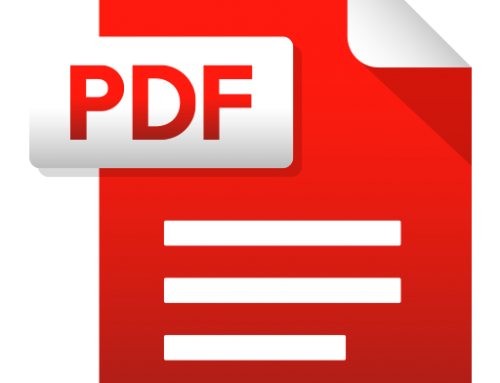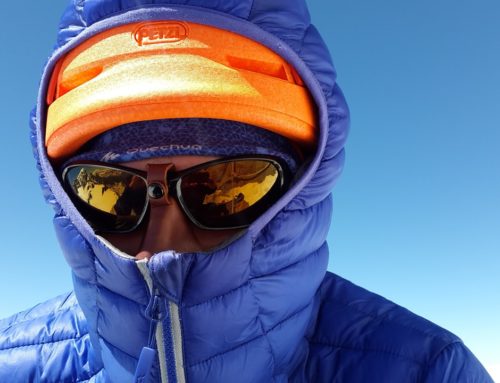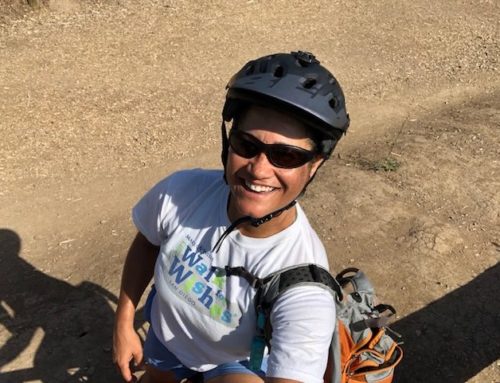Corrective Exercise

Movement
This article elaborates on the concept of movement that I talked about last week. Just to refresh your memory, we talked about first correcting movement dysfunction before addressing fitness. There’s a number of different modalities I use to accomplish this. For today, you’ll be learning about a mobility technique for soft tissue manipulation called IASTM.
IASTM stands for Instrument Assisted Soft Tissue Mobilization. The term “massage” is sometimes interchanged with “mobilization”. It works by using specially designed tools rubbed into the skin to break down restrictions. Think of it as ironing out a wrinkled tablecloth as it hits knots from the sides like an iron, rather than from above like traditional sports massage.
Soft Tissue Manipulation
While I primarily use this as part of my corrective exercise program, it’s also a stand along technique. It works by initiating micro-trauma to the area which increases blood flow encourages healing. The benefits include increased mobility, range of motion, and improved joint function. I have athletes come in with training injuries as well as competition injuries. These often include:
- Plantar fasciitis
- Tendinitis
- Ankle sprains
- Shin splints
- Rotator cuff or shoulder injuries

Rock Blade – Type of IASTM Tool
It can also prove useful for people after knee surgery. Utilizing the instruments to manipulate scar tissue helps increase mobility. Back pain, sciatica and muscle strains are common injuries I see every day, simply from daily activities.
Next week we’ll explore a simple muscle imbalance test to reveal hidden movement dysfunction. So be sure to check back soon! And in the mean time, hit me up if you have any questions so far. Live life to the optimum!
*The mentioning of this product in this article is for the sole purpose of helping the reader by educating him/ her in how I use the product. I personally use this product but do not receive any compensation for my endorsement.
Melissa
OptimumCondition.com
(619) 252-4993
Empowering people through fitness, education, and coaching






